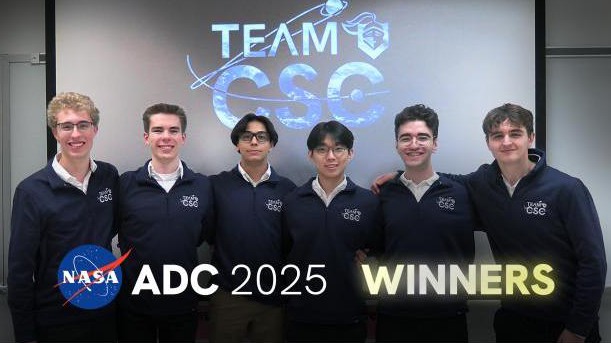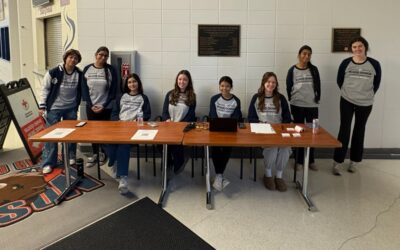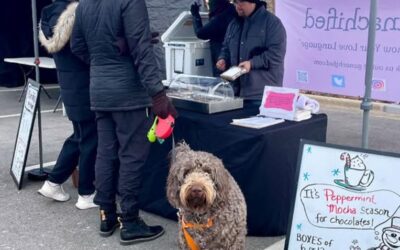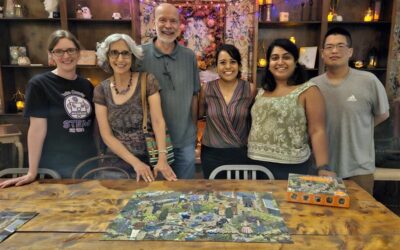“My students and I are pumped!”
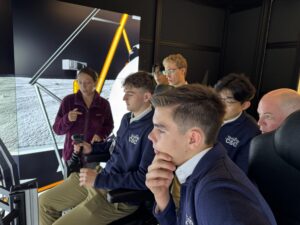
Mr. Paul Hennig and his students sit in a lunar vehicle, with a NASA engineer.
That’s how Prospect computer science teacher Paul Hennig described his emotions as he and members of his Computer Science Club left for NASA’s Johnson Space Center in Houston. This top-rated team of young scientists included Albert Kim, Oliver Lach, Matthew Lundeen, Efe Ozalp, Christopher Pawlak and Sharul Shah.
Their three-day visit came in mid-April, after the six club members had been named as finalists in the space agency’s App Development Challenge (ADC). In this coding challenge, NASA poses technical problems to middle and high school students with the goal of seeking student contributions to deep space exploration missions.
This year’s challenge asked students to create an app visualizing the flight path of Artemis II — NASA’s project to return humans to the moon for the first time since 1972 — while displaying a prioritized list of antennas to communicate with earth.
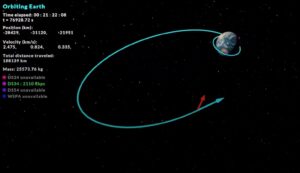
Screenshot of their app showing the flight path of the Artemis mission orbiting the earth.
“We used special algorithms to loop through the data,” says Matthew Lundeen, “and apply some math that expands the data points around the earth and the moon.”
They worked to design the app over the course of 10 weeks, helped by video calls with experts from NASA’s Space Communications and Navigation (SCaN) team. Here is the video they created and played during their final presentation to NASA engineers.
“We were all buzzing with excitement when we learned we had been selected,” said Efe Ozalp, who created the club two years ago, “because it meant all the hard work we put into our app had paid off.”
In announcing Prospect as a finalist, judges noted that their app included key details, such as spherical camera movement, and also that NASA’s antennas were placed accurately on a model earth.
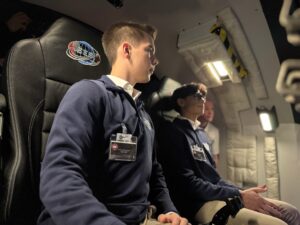
“Watching them problem solve as a team, take NASA’s feedback, and collaborate to make their challenge submission even better,” Hennig said, “was incredible.”
But they’re not done yet. While traveling to the Space Center and taking a behind the scenes tour was a highlight, the group hopes to to continue using the app, saying it would be applicable for future missions. They also have offered to share their work with the space program with area schools.
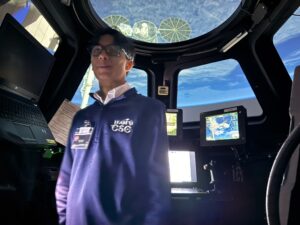
“We aim to further use our project to inspire the next generation of developers and engineers,” Efe says.
To date, they have presented their work to members of the Science Olympiad team at South Middle School and they also met with fifth grade students at Windsor Elementary School, both in Arlington Heights.
“The skills we gained from this process,” Efe says, “will be invaluable in our future development endeavors.”

